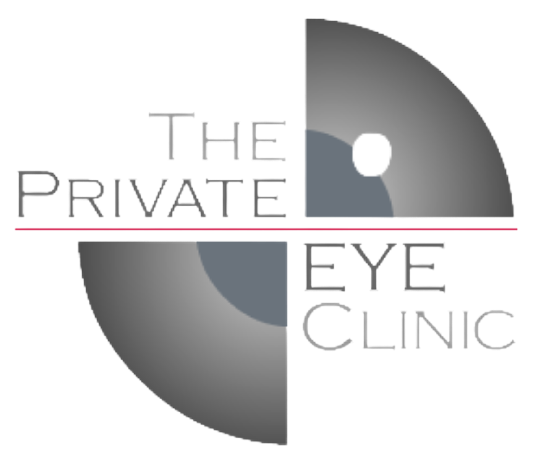
Squint Surgery in Adults
-
The Surgery
The eye is shaped like a large marble and the muscles look like elastic bands attached to the side of the eye. When the muscles move the eye changes position. Surgery involves attaching and reattaching the muscles to another place on the eye. The incision goes through the white part of the eye. Most of the time the healing hides any scarring so it can hardly be seen after 2-3 months unless you know exactly where to look and look very carefully.
Normally a first surgery takes approximately an hour. This includes the time that the patient is brought into the Operating Room until the time the patient goes to the Recovery Room. Re-operations take longer. Adults usually stay in hospital for 24 hours (especially if adjustable sutures are used).
Work - Plan to stay home from work for one week.
More information: It is HIGHLY recommended you consult www.aapos.org
-
What to expect on leaving the hospital
1. Eyelids may be swollen. Ice packs are very good at lessening this swelling and lessening any pain. You can buy specially designed ice packs for eyes at the chemist for about $5.
2. There will be red-stained tearing for one or two days. There will be some sticky discharge in the mornings that may stick the eyelids together. Wipe away any discharge using a freshly opened pack of cotton balls or make-up remover pads with saline solution. The best saline solution is "Normal Saline for Contact Lens Users" which you can buy in a 500ml bottle for about $3. If the discharge continues when the eyes are open then tell the doctor - it could mean an infection.
3. Double vision is sometimes present. The doctor will tell you if this is to be expected. Ring the doctor for advice if this occurs and has not been mentioned to you.
4. Usually no eye pad.
5. Vomiting:
· Vomiting is uncommon with modern anaesthetic techniques. You will be tried with fluids before being allowed to leave the hospital, and must keep fluids down before being allowed to leave.
· May be car sick on the way home. Be prepared.
· You should tolerate fluids at home. "Slurpee" is good - the cold crushed ice settles a nauseous tummy. If vomiting is still happening after 12 hours call Dr Kowal or Casualty Department (9929 8666) for advice.
6. The eye will have a feeling of sand or dust in the eye due to the cut edges and the very fine stitches on the surface.
7. There may be soreness over the muscles and it may hurt to move the eye in a particular direction.
-
Course
Each post-operative day should be better than the previous one. There should be progressively less redness and progressively less discomfort. A "turn for the worse" is potentially serious and you must call me quickly.
-
Glasses
If you usually wear glasses bring them to the hospital. The doctor will tell you when you go home if they are to be continued.
-
Eye Drops
There are usually three bottles to be used for one week, an antibiotic, cortisone and an anti-inflammatory drop. There is usually a separate Handout given to you with the precise instructions of how to use the drops.
-
Post Operative Visit
Dr Kowal will need to see your child within 48 hours of their operation. If he does not give you a time for your post-operative appointment, please call our rooms to make a suitable time. When you go home a follow-up appointment card will be given. If he does not give you a time for your post-operative appointment, please call our rooms to make a suitable time. In the first 24 hours after surgery feel free to contact Dr Kowal at ANY time if you have any problems -- his home number is 9827 7827, mobile 0414 793 687.
Driving
Allow 24 hours for the anaesthetic drugs to leave your body before you think of driving. Realigning the eyes will affect your judgement of distances, so be careful.
-
Associated Handouts
1. For those who live alone.
2. Adjustable Sutures.
Unfortunately, no surgery is 100% reliable and 100% safe.
You maximise your chances of success and minimise chances of problems by choosing a surgeon who is highly trained and specialised.
Dr Kowal is the only eye surgeon in Australia whose practice is restricted to strabismus.
Dr Kowal does not suffer from any transmissible virus (HIV, Hep B, Hep C). Dr Kowal reserves the right to ask if you do.
